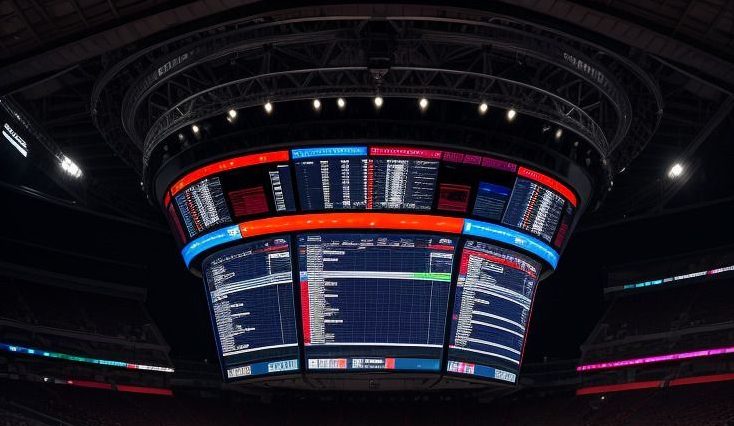In the realm of sports, the thrill of uncertainty is a constant. However, the emergence of Artificial Intelligence (AI) has introduced a new dimension to the world of sports by attempting to predict outcomes with unprecedented accuracy.
This article delves into the mechanics of how AI is changing the game of radjbet sports prediction and the methods through which it’s becoming an invaluable tool for enthusiasts and professionals alike.
- AI’s Data-Driven Advantage: At the core of AI’s predictive prowess lies its capacity to analyze vast amounts of historical data. From player statistics and team performance to weather conditions and game location, AI processes intricate variables to identify patterns and trends that human analysis might miss.
- Machine Learning’s Role: Machine learning, a subset of AI, allows algorithms to learn from data and adapt their predictions over time. This capability enables AI models to continuously refine their accuracy as they encounter new information. In sports prediction, machine learning algorithms can evolve with each game, incorporating real-time updates into their analyses.
- Feature Selection and Data Preprocessing: In the realm of sports prediction, not all data is equally valuable. AI’s feature selection techniques filter out irrelevant or redundant data, focusing on the variables that truly influence outcomes. Moreover, data preprocessing ensures that the input data is cleaned, standardized, and ready for analysis.
- Modeling Techniques: Regression, Classification, and Beyond: AI employs various modeling techniques to predict sports outcomes. Regression models estimate numerical values (like scores), while classification models categorize outcomes (like win/lose). Advanced techniques like neural networks and ensemble methods further enhance prediction accuracy by capturing complex relationships in the data.
- Real-time Data Integration: Sports events are dynamic, and AI’s ability to integrate real-time data during matches refines its predictions. By factoring in in-game situations, player substitutions, and momentum shifts, AI can adapt its predictions on the fly.
- Player and Team Performance Analysis: AI’s analysis goes beyond just predicting game outcomes. It can assess player performance, injury history, and strengths/weaknesses. Similarly, it can gauge team dynamics, playing strategies, and historical head-to-head matchups to provide a holistic view of upcoming games.
- Challenges and Uncertainties: While AI shows immense potential, it’s not infallible. Sports are inherently unpredictable, with unexpected events often influencing outcomes. Additionally, the quality of input data and the accuracy of predictions can be affected by data inaccuracies, incomplete records, and unaccounted variables.
- Collaborative Intelligence: The Future of Sports Prediction: The most promising avenue is the synergy between AI and human expertise. While AI excels at data analysis, human intuition and understanding of the game can provide insights beyond the data. The collaboration between AI and human analysts can lead to more nuanced and reliable predictions.
The advent of AI has reshaped how we approach sports prediction, offering a data-driven lens that can decipher complex patterns and tendencies.
While AI’s role is undeniable, its success is grounded in its ability to complement rather than replace human insight.
The evolving landscape of sports prediction is a testament to the fusion of data analytics and human expertise, pointing towards a future where AI assists, augments, and enhances our understanding of the beautiful uncertainties that make sports so captivating. Thanks for RajBet Bonus Website for information for this article.

